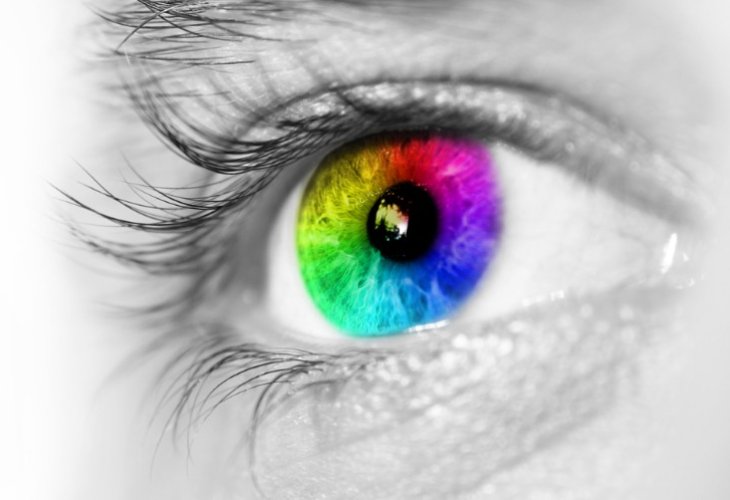Wonders of Creation
The Human Eye: Nature’s Most Advanced Camera and a Priceless Gift
Exploring the incredible design, complex structure, and unmatched power of vision that no technology can rival
 (Photo: shutterstock)
(Photo: shutterstock)Although it has been compared to a camera, the human eye is so complex, that no camera comes close to its level of detail. Every layer and component within the eye is essential for vision, and it’s worth understanding the process step by step:
1. The Cornea
Light rays first enter through the cornea, a thin, transparent tissue at the front of the eye. Its role is to bend and gather the light so that it can be perfectly directed into the eye.
2. The Iris and Pupil
After passing through the cornea, light reaches the iris, which is the colored part of the eye. At its center is the pupil, which looks like a black opening. The iris expands and contracts to control how much light enters, just like a camera’s aperture. In bright light, the pupil shrinks; in darkness, it widens to let in more light.
3. The Lens
Behind the pupil lies the lens, which fine-tunes focus whether we look at something close or far. Made of elastic tissue, the lens changes shape through tiny muscles that either flatten or thicken it, ensuring sharp images at all distances.
4. The Vitreous Body
After the lens, light travels through a jelly-like substance called the vitreous humor, which makes up 80% of the eye’s volume. This clear gel helps the eye maintain its shape and elasticity.
5. The Retina
Finally, light reaches the retina at the back of the eye — the most complex part of the visual system, comparable to the “film” of a camera. It contains a vast network of light-sensitive cells called rods and cones.
About 120 million rods help us see in dim light, at night, or in fog.
About 6 million cones allow us to perceive fine details and vivid colors.
The retina works with incredible speed: it processes signals in ten-millionths of a second. To put this in perspective: processing the information from just one retinal cell would take even the most advanced supercomputer minutes. Processing the data from the retina’s full network would take a computer 100 years — but your eyes and brain do it in a single second!
6. The Optic Nerve
Each eye has over a million nerve fibers connecting it to the brain. Light signals are transformed into electrical impulses that travel through these fibers to the brain’s visual center.
7. The Brain
The eye itself is really an extension of the brain. The most complex part of vision — the interpretation of signals into sharp, colorful images, takes place in the brain. The eye begins the process, but the brain is what allows us to actually see.
Beyond the Basics
What we’ve described so far is only a surface overview. The eye’s complexity goes far beyond this, including:
Eyelids that blink billions of times without wearing out.
Tear ducts and the tear film, which lubricate, clean, and protect the eye.
The fovea, a tiny spot responsible for our sharpest vision.
Six muscles that move the eye in every direction.
The choroid, supplying oxygen and nutrients.
Zonules, fine fibers that hold the lens in place.
The fact that we have two eyes, set at a fixed distance apart, giving us three-dimensional depth perception.
Altogether, the human eye contains over 2 million parts, working together in perfect harmony.
A Priceless Gift
Vision is a priceless gift, greater than any material wealth. No amount of riches could ever replace the loss of sight.
When we reflect on the incredible complexity of the eye, perhaps we can better appreciate how vast this gift really is, and say the blessing with deeper intention: “Blessed are You… who gives sight to the blind.”

